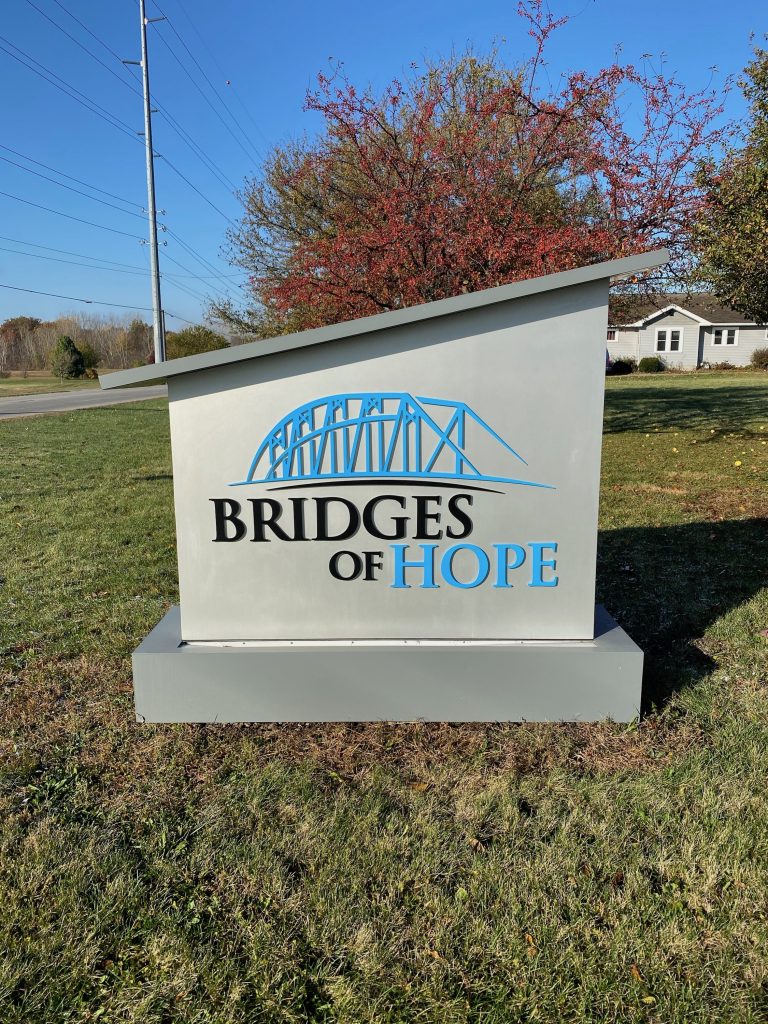Drug Detox Program
Medical drug detox is a service at Bridges of Hope that helps people recover from physical dependence.
Drug detox, or medical detox, helps our clients safely withdraw from drugs and alcohol while facing a reduced risk for complications such as seizures, heart failure, and relapse/overdose.
This drug treatment takes place at our hospital-like setting where you can relax and recover from drug dependence while being closely monitored and supervised by trained nurses and doctors. In most cases, medications are used to relieve withdrawal symptoms and help patients feel more comfortable during recovery.
How Long Does Drug Detox Last?
The drug and alcohol detox timeline can range anywhere between a few days to several months, according to the World Health Organization. The length of drug detox is dependent on factors including the type of substance being used, the severity of dependence, and the person’s current state of health.
Here are average drug detox timelines, by substance:
- Alcohol: 2 to 10 days
- Short-acting opioids (e.g., heroin): 4 to 10 days
- Long-acting opioids (e.g., morphine): 10 to 20 days
- Short-acting benzodiazepines (e.g., alprazolam, temazepam): 2 to 4 weeks
- Long-acting benzodiazepines (e.g., diazepam nitrazepam): 2 to 8 weeks
- Stimulants (e.g., cocaine, methamphetamine, amphetamine): 3 to 5 days
- Inhalants: 2 to 3 days, or up to 2 weeks
- Marijuana: 1 to 2 weeks

Are you Experiencing Drug Withdrawal?
Click below to Learn more about our drug specific medical detox programs
If You Or A Loved One Is Experiencing Withdrawal From One Of The Above Substances, Please Call Our Helpline At 1-765-358-7320.
Drug Abuse Statistics in Indiana
The economic impact of substance abuse is considerable. In Indiana, the estimated annual costs attributable to overdose deaths accrued to $1.4 billion.
That’s according to a new study by the research firm WalletHub, which ranked Indiana 14th in the nation for substance abuse.
A large increase in heroin-related overdose deaths occurred from 2012 to 2016—from 114 to 297 deaths.
Deaths related to synthetic opioids also increased in the same period from 43 to 304 deaths.


 Verify Insurance
Verify Insurance
 Toll Free Call
Toll Free Call